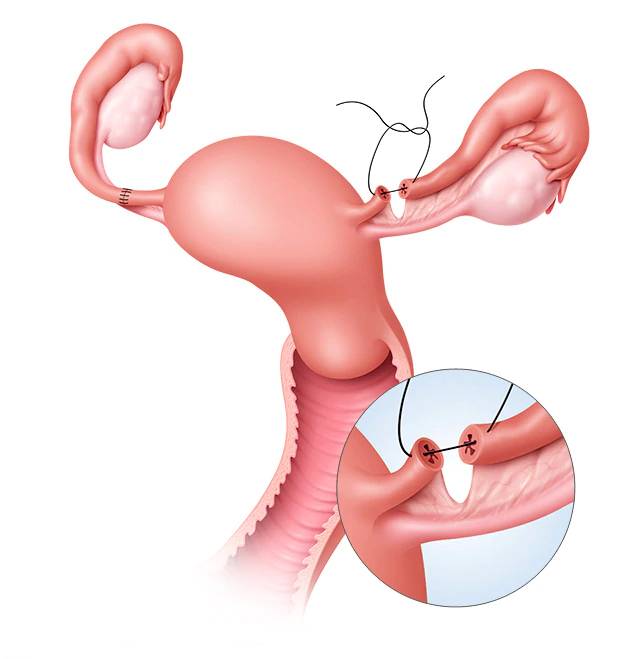Fallopian Tube Recanalization
Fallopian Tube Recanalization
Fallopian Tubes play the crucial role in the natural conception by being a pathway through which the egg moves from the ovaries to the uterus. Blockage of this path can definitely stop the egg to move to the uterus so conception will not occur.
The fallopian tubes may become blocked for a number of reasons including infection, sexually transmitted disease, uterine fibroids and scarring after a surgery. They can cause problem in getting pregnant.
There can be various treatments for the blocked tubes like open abdominal surgery, laparoscopy but the most effective and least invasive is fallopian tube recanalization.

How is the procedure done?
Two days prior to the procedure patient is prescribed to take the antibiotic called Doxycycline twice a day and this drug is asked to continue for two days after the treatment. To make the procedure comfortable, the patient is given some medications for relaxation and pain relief before the procedure. Moreover, the intravenous line is placed before the procedure.
The patient is advised not to eat anything after the midnight of the procedure day. The patient is also asked to take ibuprofen 400mg the night before and on the morning of the day when you are going to have the procedure.
The speculum is placed into the vagina and then the small plastic tube called a catheter is passed through the cervix into the uterus of the patient. Through the plastic tube, liquid contrast agent or called dye is injected into the uterus. After injecting the dye uterine cavity is monitored on the nearby system using X-ray. With the help of HSG means the uterus and fallopian tube picture, the doctor determines about the blockage.
It is a nonsurgical and effective treatment for reopening the blocked tubes without any cuts or incision.
How long a patient is hospitalized?
Once the procedure is completed the patient can go home, usually 30 minutes afterwards.
Will there be any pain/vaginal bleeding after the procedure?
Some light spotting may occur for 1-2 days following the procedure, but no other pain should be present.

